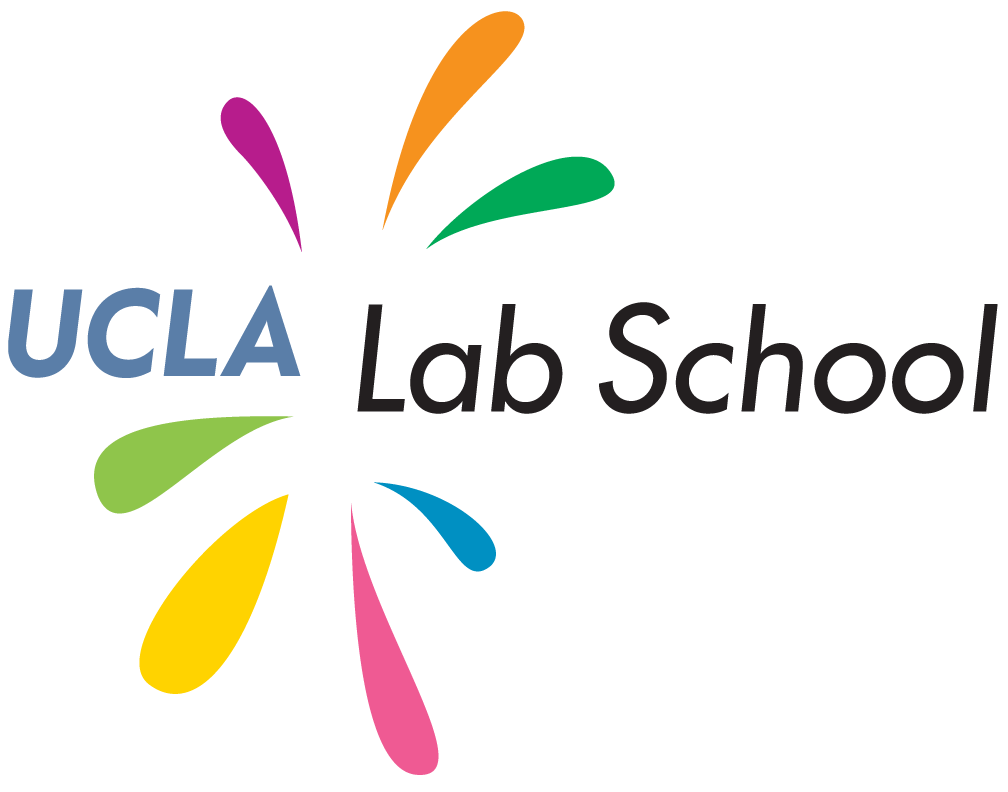Our school uses Cognitively Guided Instruction (CGI) to teach mathematics. At the beginning of the school year, one of my goals is to learn about students’ mathematical thinking and experiences. I typically begin the year with counting collections to observe, as well as to provide students with opportunities to learn and discover, one-to-one correspondence, how to skip count, and ways to group numbers to be able to count more efficiently and accurately. Counting collections lays the foundation of the base ten system and helps students make sense of number operations (e.g., addition, subtraction, multiplication and division). Students count a collection of objects. They may count these objects one at a time, or they may decide to group objects. Once students have counted and organized their collections, they record their counting. I conference with students individually or in small groups to understand their thinking and strategies, and if need be, focus on any areas of struggle. Students explain their thinking in partnerships, small groups, and whole-class discussions. The students and I learn from one another in this process.
Teacher Educator Blog | Remote Learning
Family Storytelling in Remote Learning
EC II: Early Childhood 5-6 year olds
Literacy, Remote Learning
Every moment in life is a story, and the most crucial part of teaching storytelling is to value and make space for students’ lives and voices to be heard. When we moved to remote instruction, I wondered how we could teach storytelling in meaningful and personal ways to our class. However, I discovered that one of the advantages of remote instruction is the unique access teachers can have to students’ families and lives. I engaged whole families throughout our storytelling journey, making our learning experiences personal and meaningful.
Experiments with Sluggy: Inquiry and Science in Remote Learning
EC I: Early Childhood 4-5 year olds
Inquiry, Remote Learning
One day (right before the pandemic), our students found a slug in the play yard and asked if we could keep it as a class pet. We found ourselves going along with the idea, and named our new class pet Sluggy. Things got really interesting once we settled Sluggy into our classroom- students began to observe Sluggy, and grew fascinated with everything Sluggy did. The interest and curiosity of getting to know Sluggy then led to reflective questions which became the center of all our inquiry and learning. We even set up a designated station in our classroom, where we could invent different ways to measure Sluggy, and observe it’s slime, characteristics, and features. In a way, we built a small laboratory within our classroom space that was dedicated to taking care and learning all about slugs. So when the pandemic led to the closure of our school, we wanted to find a way to preserve the curious, inquisitive, and reflective spirit of learning about Sluggy during remote instruction.
Creating a Virtual Alphabet Book: Literacy in Remote Learning
EC I: Early Childhood 4-5 year olds
Literacy, Remote Learning
When we began remote learning, we wanted to find ways to connect and create something meaningful as a class. It was important that we continued to build a community of young learners so that despite being far apart from one another, we still felt connected. One of the daily things we did was to share and check in with our students’ lives at home. We got to know our students in their own homes as they shared what they have been doing with their families. As we listened to our students’ conversations, we noticed that our families often went outside for walks. We wondered if we could use this commonality to bring together resources and conversation into our virtual and remote learning space.
